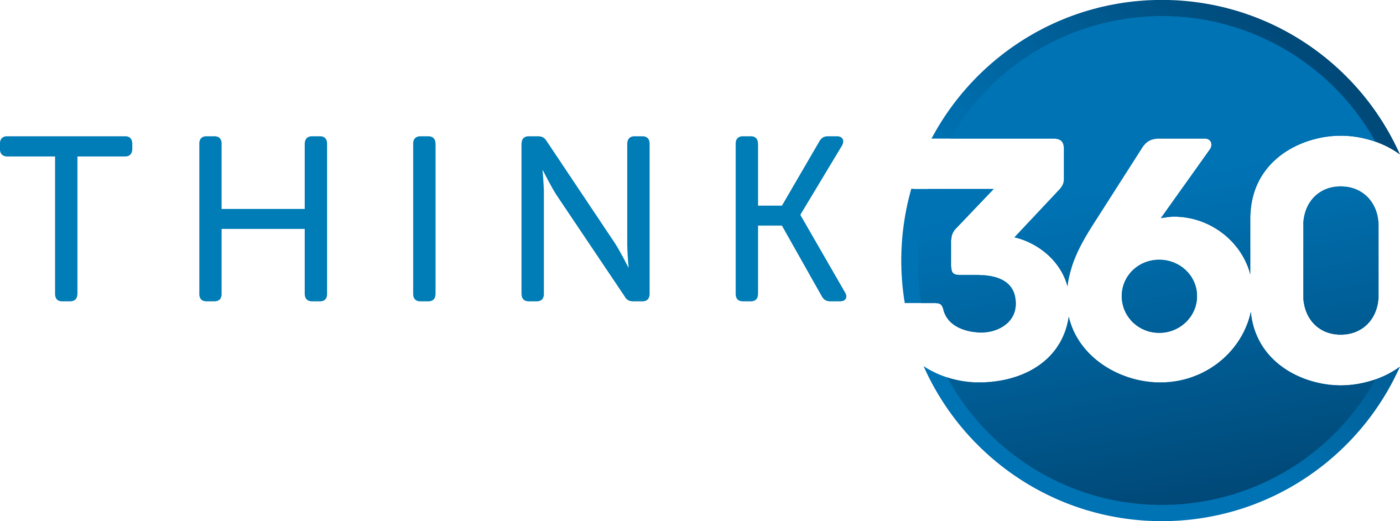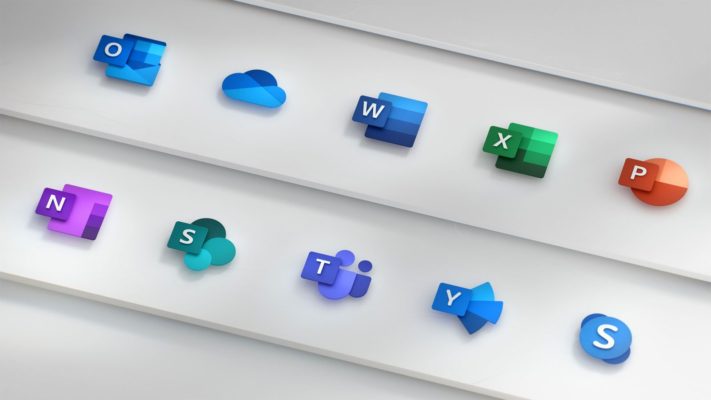Please fill out your details below and one of our team will assist you with you booking.
Module 1: Managing Modern Messaging Infrastructure
Lessons
-
Overview of Modern Messaging Architecture
-
Deploying Modern Messaging Infrastructure
-
Managing Modern Messaging Infrastructure
Module 2: Managing Recipient Objects and Resources
Lessons
-
Exchange Recipients
-
Creating and Managing Exchange Recipients
-
Managing Email Addresses, Lists, and Resources
Module 3: Managing Mailbox Databases
Lessons
-
Mailbox Databases in Exchange Server
-
Planning for Mailbox Databases
-
Creating and Managing Mailbox Databases
-
Troubleshooting Mailbox Databases
Module 4: Managing Organizational Settings
Lessons
-
Managing Authentication for Messaging
-
Configuring Organizational Settings
-
Designing Solutions for External Access
Module 5: Course Conclusion
Lab : Managing Recipient Infrastructure
-
Creating an On-premise Recipient
-
Creating a Cloud Recipient
-
Creating an On-premises Distribution Group
-
Creating a Cloud Distribution Group
-
Creating an Office 365 Group
MS-200T02
Module 1: Managing Client Access
Lessons
-
Implementing Client Access Services
-
Managing Client Devices
-
Configuring Outlook on the Web
-
Troubleshooting Client Access
Module 2: Managing Mobile Devices
Lessons
-
Mobile Device Mailbox Policies
-
Managing Mobile Device Access
Module 3: Managing the Transport Pipeline
Lessons
-
Overview of Transport Services
-
Configuring Message Transport
-
Managing Transport Rules
Module 4: Managing and Troubleshooting Mail Flow
Lessons
-
Managing Mail Flow
-
Troubleshooting Mail Flow
-
Troubleshooting Transport Issues
-
Troubleshooting with Logs
Module 5: Course Conclusion
Lab : Managing Client Access and Mail Flow
-
Create a Custom Receive Connector
-
Create a Custom Send Connector
-
Enabling and Disabling ActiveSync for a Single Mailbox
-
Enabling and Disabling ActiveSync for Multiple Mailboxes
-
Enabling and Disabling MAPI Access to a Single Mailbox
-
Enabling and Disabling MAPI Access to Multiple Mailboxes
MS-200T03
Module 1: High Availability for Exchange Servers
Lessons
- Planning High Availability for Mailbox Servers
- High Availability for Client Access Service
- High Availability for Transport
- Implementing Site Resilience
Module 2: Managing Disaster Recovery
Lessons
- Planning for Disaster Recovery
- Implementing Backup Strategies
- Restoring Mailboxes, Databases, and Servers
Module 3: Managing Public Folders
Lessons
- Planning the Public Folder Hierarchy
- Implementing and Managing Public Folders
- Troubleshooting Public Folders
Module 4: Lab – Public Folder Management and Disaster Recovery
Lab : Public Folder Management and Disaster Recovery
- Exercise 1: Troubleshooting Mail Flow and Connectivity Issues
- Exercise 2: Disaster recovery using eDiscovery and In-place Holds





